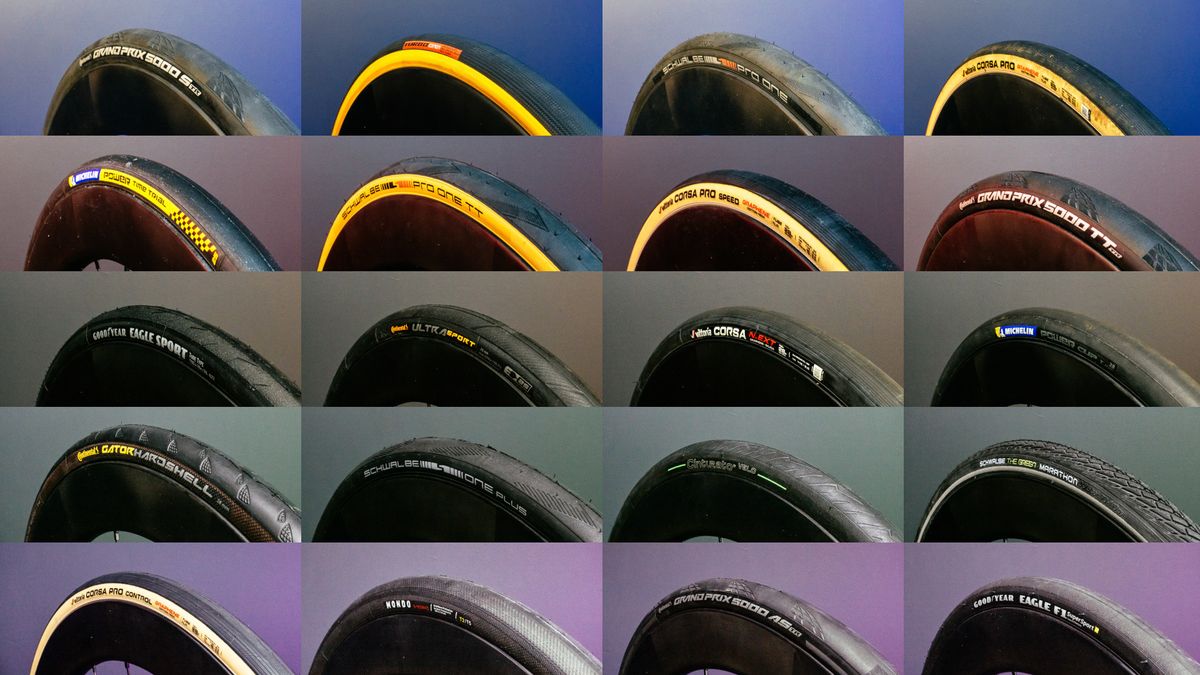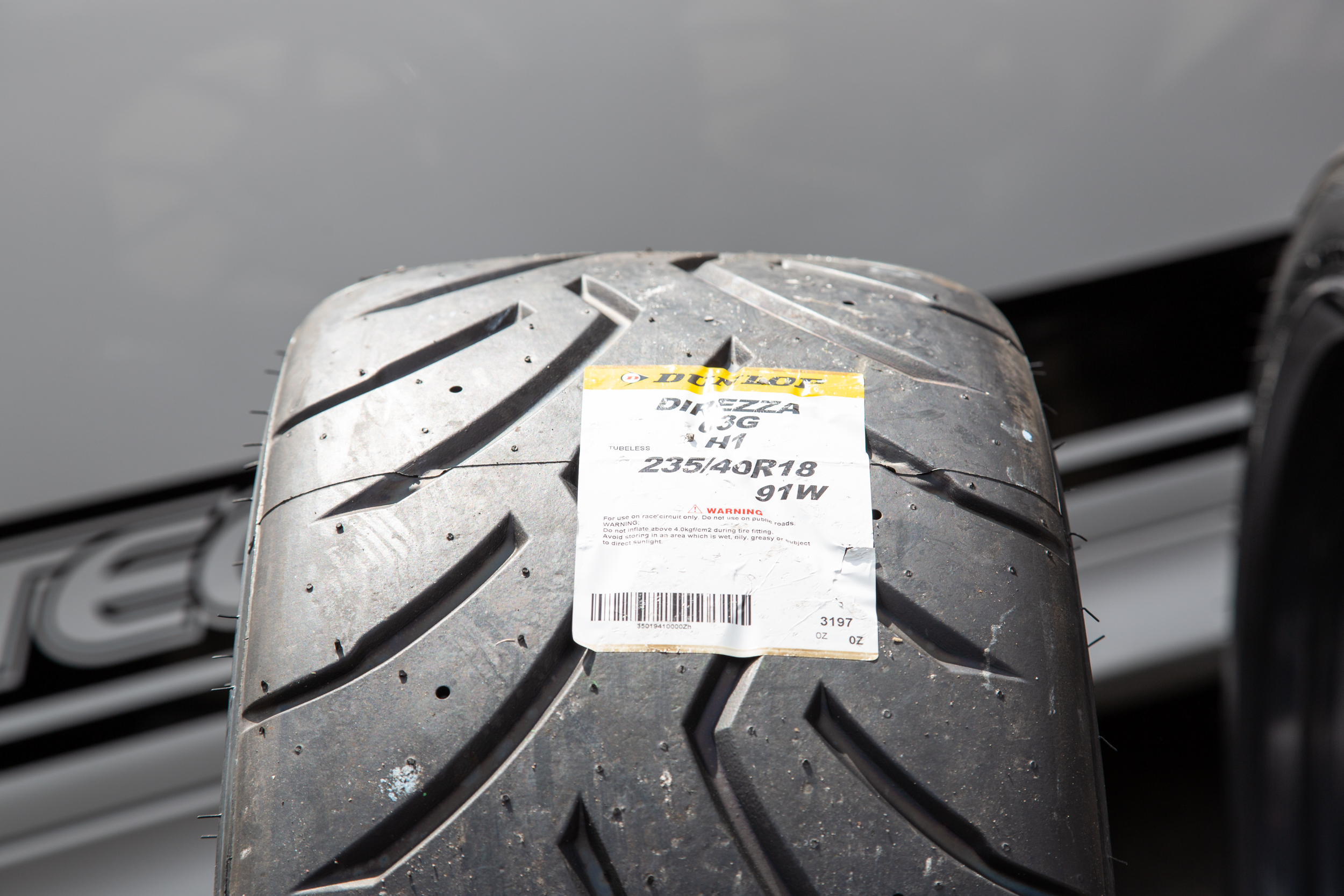All Categories
Featured
Table of Contents
I was able to obtain 100 hours out of among these tires, and while it had definitely no tire lugs left on it, the soft substance made it function extremely wellas long as I was making use of a soft mousse. Kitt Stringer photo Easy placing - 3Wear - 3Sidewall strength - 3Performance on origins - 4Performance on damp rocks - 2Traction on dust - 5Cornering ability - 4Traction while stopping - 4Self-clearing of dust and mud - 3Performance in mud - 3Overall predictability or monitoring - 3 _ 37 Conclusion: This is an excellent all-around tire with excellent worth for money.
The wear corresponded and I like for how long it lasted and how constant the feeling was throughout usage. This would certainly likewise be an excellent tire for faster races as the lug dimension and spacing bit in well on fast terrain. Kitt Stringer photo Easy placing - 3Wear - 3Sidewall stamina - 3Performance on roots - 4Performance on wet rocks - 4Traction on dust - 4Cornering ability - 4Traction while braking - 5Self-clearing of dust and mud - 4Performance in mud - 4Overall predictability or tracking - 4_42 Conclusion: I liked this tire a lot.
If I needed to acquire a tire for tough enduro, this would certainly be in my top option. Easy installing - 3Wear - 3Sidewall toughness - 3Performance on origins - 4Performance on damp rocks - 3Traction on dirt - 4Cornering capability - 3Traction while braking - 3Self-clearing of dirt and mud - 4Performance in mud - 4Overall predictability or monitoring - 3 _ 34 Verdict: This tire was extremely soft and flexible.
All the gummy tires I evaluated executed rather close for the initial 10 hours or two, with the winners going to the softer tires that had much better traction on rocks (Tyre repair). Buying a gummy tire will most definitely provide you a solid benefit over a normal soft compound tire, however you do spend for that advantage with quicker wear
Leading Tyre Servicing (Bassendean)
This is an excellent tire for springtime and autumn conditions where the dirt is soft with some moisture still in it. These proven race tires are terrific all around, but wear quickly.
My general victor for a tough enduro tire. If I needed to invest cash on a tire for daily training and riding, I would choose this.
Top Tyre Maintenance – Bassendean 6054 WA
I have actually been running a collection of Michelin Power Pilot 2CT's on my track Daytona 675 for the previous year. In that time I have done 15 track days in all climates from chilly wet to extremely hot and these tires have actually never missed out on a beat. Long-lasting tyres. I've done virtually 2,000 miles (3,200 kilometres) on them and as you can see from this shot of the front taken after very first session of my 15th track day on them, they still have fairly a great deal of rubber left on them
Simply put the 2CT is an outstanding track day tire. If you're the type of cyclist that is likely to come across both damp and completely dry conditions and is beginning on course days as I was in 2014, after that I assume you'll be difficult pressed to find a much better worth for money and qualified tire than the 2CT; a pair of which will certainly establish you back around 185 (US$ 300) in the UK.
Creating a much better all round road/track tire than the 2CT have to have been a hard task for Michelin. The result of that effort is the Michelin Pilot Power 3 which essentially replaces the Pure. Do not puzzle this new tire with the roadway going Pilot Roadway 3 which is not designed for track usage (although some bikers do).
They influence huge confidence and offer fantastic grasp levels in either the damp or the dry. When the Pilot Power 3 introduced, Michelin advised it as a 50:50% road: track tire. That message has actually recently transformed due to the fact that the tyres are currently suggested as 85:15% road: track usage instead. All the biker reports that I have actually checked out for the tyre price it as a much better tire than the 2CT in all areas but specifically in the wet.
Trusted Tyre Offers Near Me (Bassendean WA)
Technically there are plenty of differences between both tires despite the fact that both utilize a twin compound. Aesthetically you can see that the 2CT has less grooves reduced into the tyre yet that the grooves go to the side of the tyre. The Pilot Power 3 has more grooves for much better water dispersal but these grooves don't reach the shoulder of the tyre.
One element of the Pilot Power 3 which is various to the 2CT is the brand-new 2CT+ innovation which expands the harder center section under the softer shoulders (on the rear tyre). This ought to provide extra security and decrease any kind of "agonize" when accelerating out of edges regardless of the lighter weight and even more versatile nature of this new tyre.

Although I was slightly dubious concerning these reduced stress, it ended up that they were fine and the tyres performed really well on course, and the rubber looked far better for it at the end of the day. Equally as a point of recommendation, various other (rapid group) motorcyclists running Metzeler Racetecs were making use of tyre pressures around 22-24 psi for the rear and 24-27 psi on the front.
Thinking of a better all round road/track tyre than the 2CT should have been a difficult job for Michelin. The result of that initiative is the Michelin Pilot Power 3 which basically replaces the Pure. Don't confuse this brand-new tire with the road going Pilot Roadway 3 which is not made for track use (although some motorcyclists do).
Affordable Low-cost Tyres
When the Pilot Power 3 released, Michelin advised it as a 50:50% road: track tire. All the motorcyclist reports that I've read for the tyre price it as a better tire than the 2CT in all areas however especially in the wet.

Technically there are several differences between the 2 tyres despite the fact that both utilize a twin compound. Aesthetically you can see that the 2CT has fewer grooves cut right into the tire yet that the grooves go to the edge of the tire. The Pilot Power 3 has more grooves for better water dispersal but these grooves don't reach the shoulder of the tire.
One aspect of the Pilot Power 3 which is various to the 2CT is the new 2CT+ innovation which prolongs the harder center area under the softer shoulders (on the rear tyre). This must provide extra security and lower any type of "wriggle" when increasing out of corners regardless of the lighter weight and more flexible nature of this brand-new tire.
Although I was somewhat uncertain regarding these reduced pressures, it ended up that they were fine and the tires executed really well on the right track, and the rubber looked much better for it at the end of the day. Equally as a factor of recommendation, other (quick group) bikers running Metzeler Racetecs were making use of tire pressures around 22-24 psi for the rear and 24-27 psi on the front
Table of Contents
Latest Posts
Top Tyres
Tyre Maintenance Near Me (Malaga)
Affordable Budget Car Tyres
More
Latest Posts
Top Tyres
Tyre Maintenance Near Me (Malaga)
Affordable Budget Car Tyres